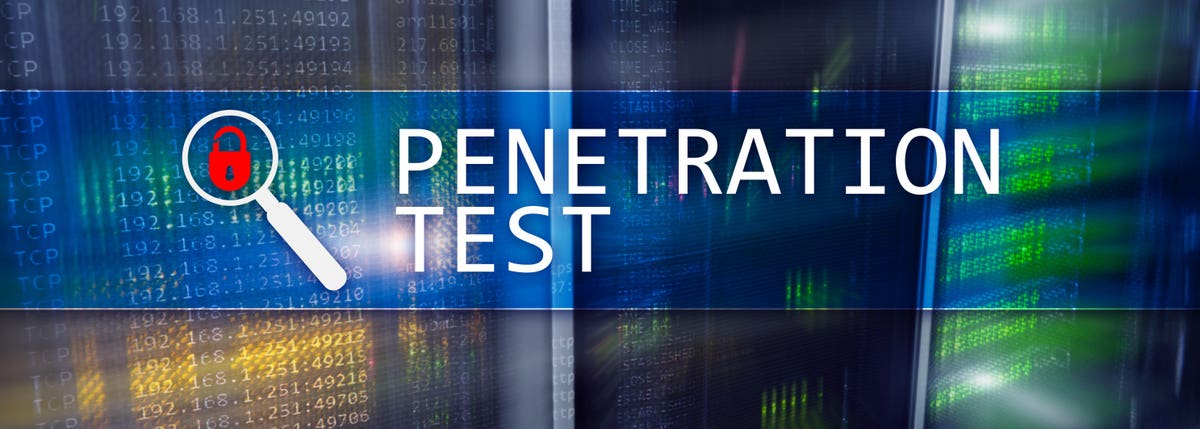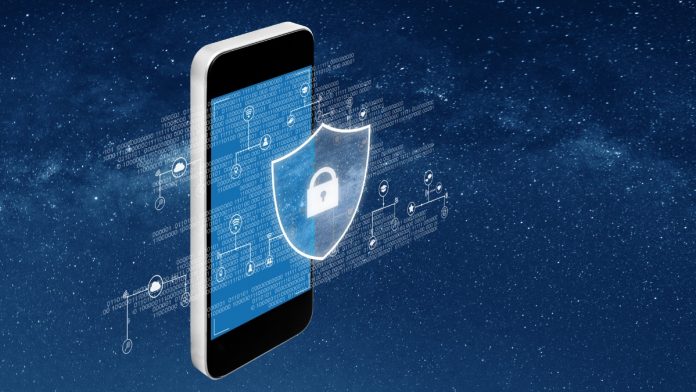A Hacker’s Perspective For Building Proactive Organizational Defenses
Anshu is the founder/CEO of CloudDefense.AI—a CNAPP that secures both applications and cloud infrastructure.
The ongoing happenings in cyberspace continually underscore the concerning fact that hackers are getting super smart with their tricks and launching sophisticated cyberattacks more often. Whether it’s crippling ransomware attacks or sneaky data breaches, cybercriminals are showing off their cleverness and adaptability like never before. Hacking techniques are evolving faster than our traditional security measures can keep up with.
This is the harsh reality of cloud security, where hackers exploit the very nature of the cloud—its openness, its dynamism—to gain an edge. But what if you could think like a hacker? What if you could see your publicly exposed infrastructure through their eyes, anticipate their moves, and shore up your defenses before they even struck?
That’s the power of understanding hacker recon. As the CEO of a cloud security company, I’ve learned that when it comes to implementing cybersecurity strategies, it’s not enough to merely react to threats. To stay ahead of the curve, we need to think like attackers, not just defenders. That said, here I discuss how to adopt the hacker’s perspective and use it to strengthen your cloud security posture.
Understanding What Hacker Recon Is
Think of hacker reconnaissance (recon) as detective work done before a cyberattack is launched. It’s when hackers gather information about their target, such as a company’s computer systems and networks. Through this, they’re trying to understand the layout of the digital front, looking for any security gaps, attack vectors or potential entry points that they can exploit later.
Simply put, the more information they uncover, the more smoothly their “operation” can go—just like any good detective needs solid clues to crack a case. So, next time you hear about a cyberattack, remember that it often starts with this information-gathering phase.
There are two main ways hackers do their recon:
• Passive recon involves gathering information without directly interacting with the target system. Hackers might use search engines, social media, public records and other…




